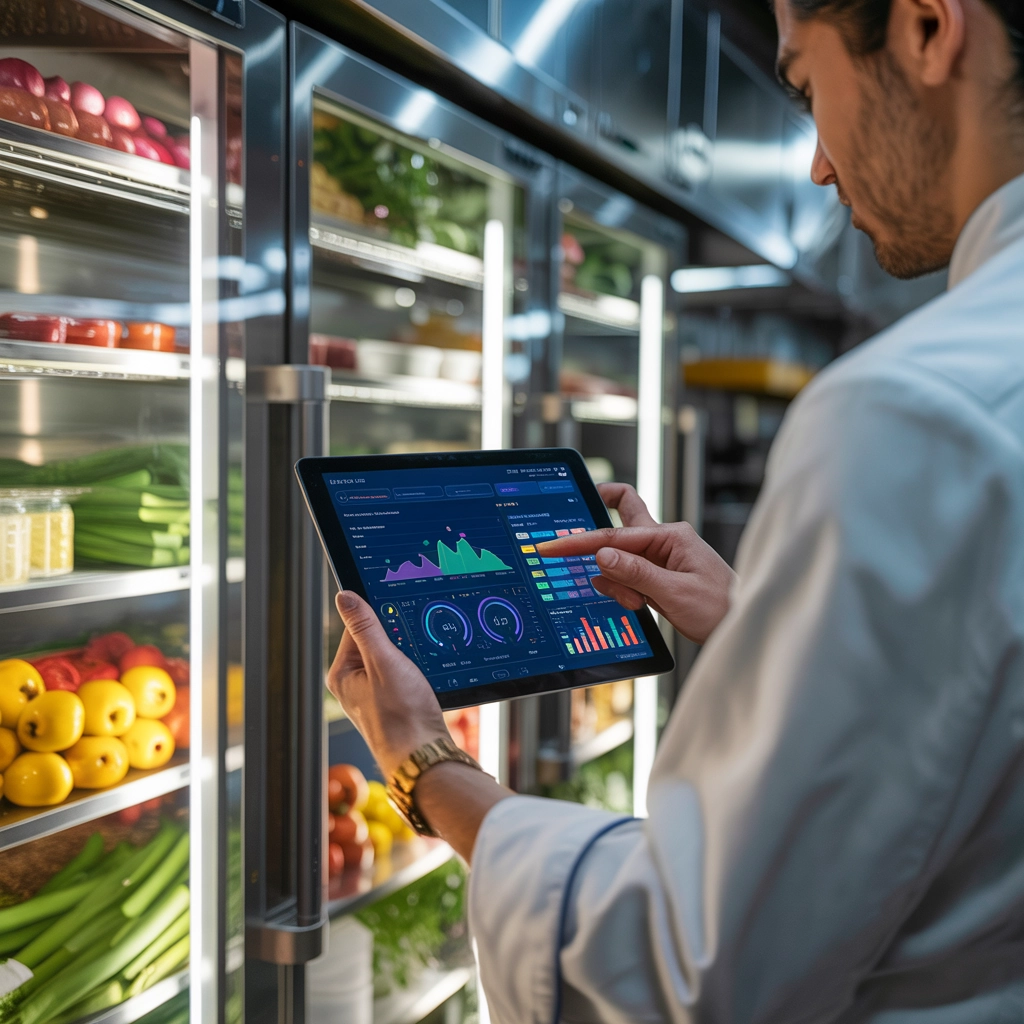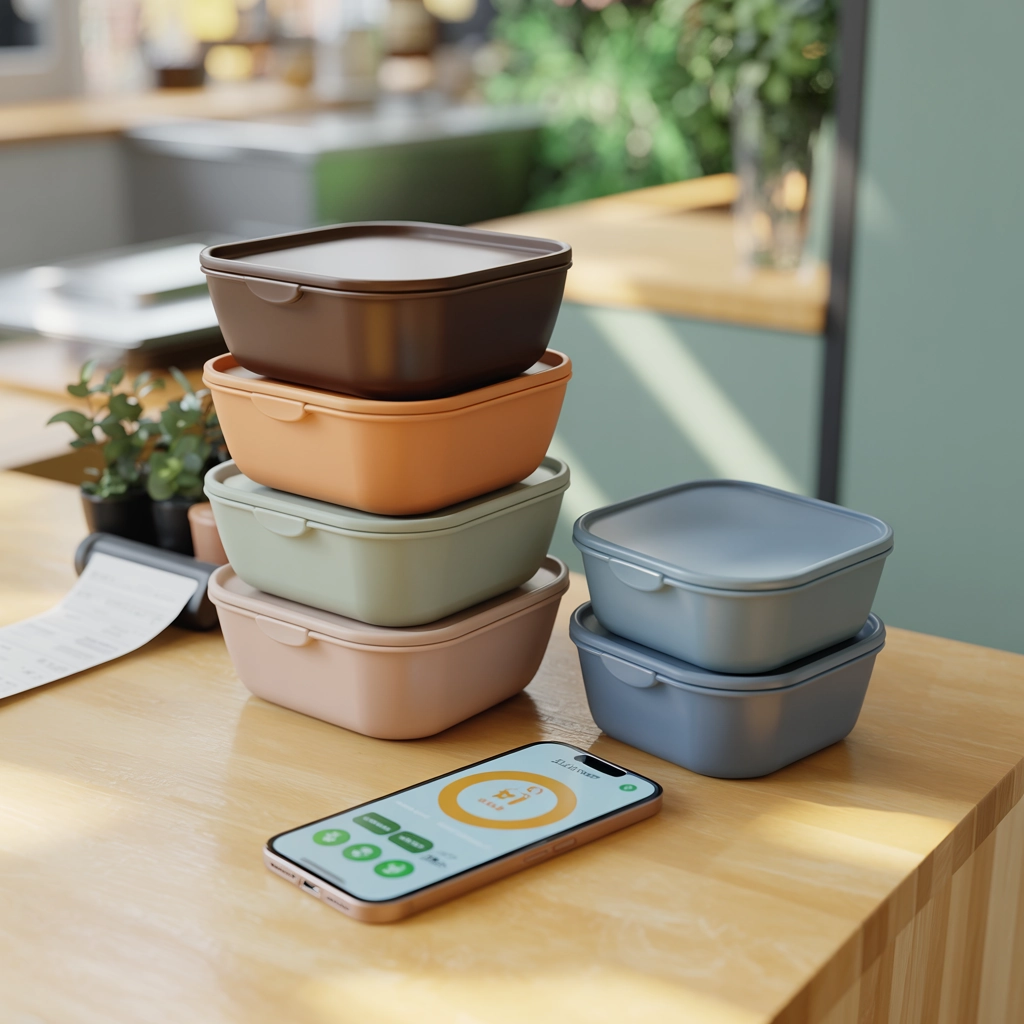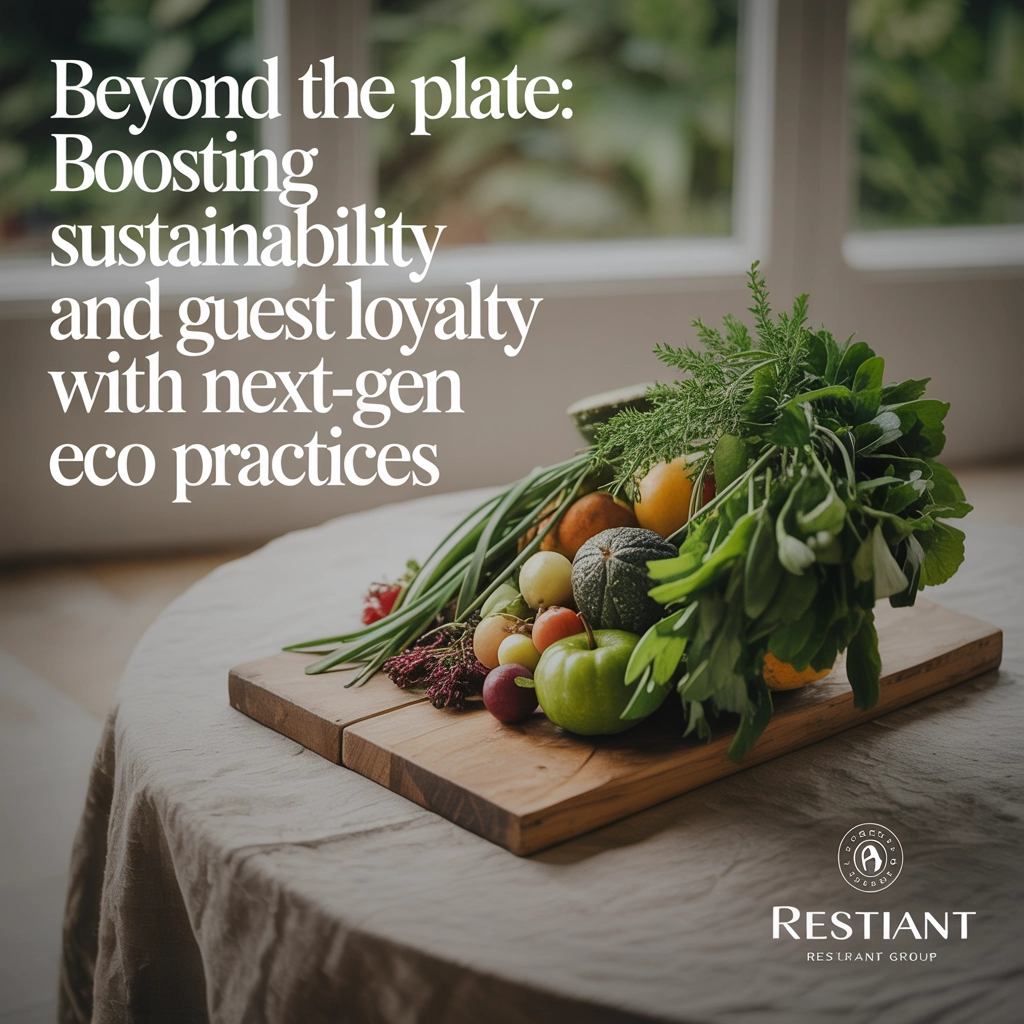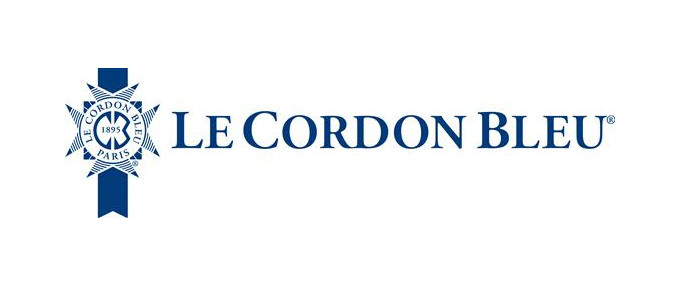In today's competitive foodservice landscape, sustainability has evolved from a nice-to-have feature to a business imperative. Modern diners aren't just looking for great food—they're actively seeking establishments that align with their values. According to recent industry data, 73% of consumers consider environmental sustainability when choosing where to dine, and 67% are willing to pay more for eco-friendly options.
For hospitality operators, this shift presents both a challenge and an opportunity. The restaurants, bars, and cafes that embrace innovative sustainability practices aren't just reducing their environmental footprint—they're building deeper connections with guests and unlocking new revenue streams. Let's explore the cutting-edge eco practices that are transforming the industry in 2025.
The Business Case for Next-Gen Sustainability
Before diving into specific practices, let's address the bottom line: sustainability drives profit. Restaurants implementing comprehensive sustainability programs report average cost savings of 5-11% through reduced waste, energy, and water consumption. Additionally, these establishments typically see a 10-15% increase in customer retention compared to competitors without visible eco-initiatives.
"Today's sustainability efforts need to be comprehensive, measurable, and visible to guests," says Mark Jacobsen, restaurant sustainability consultant. "It's no longer enough to swap plastic straws for paper ones and call yourself eco-friendly. The most successful operators are transforming their entire business model."
1. Zero-Waste Kitchens: Beyond Recycling
Forward-thinking operators have moved past basic recycling programs to embrace truly innovative waste reduction strategies.
Nose-to-Tail and Root-to-Stem Cooking
This approach transforms "waste" into profit by using every part of animals and produce. Think fermented vegetable stems transformed into garnishes, meat trimmings repurposed into specialty dishes, and fruit peels infused into cocktail syrups.
Take Seattle's Harbor & Vine, which turned their waste reduction program into a marketing advantage. Their "Zero-Waste Wednesday" feature highlights special dishes created entirely from ingredients that would typically be discarded. Not only did food costs drop by 4%, but the program increased Wednesday sales by 22% and generated significant social media buzz.
AI-Powered Inventory Management

The days of clipboard inventory and gut-feel ordering are over. New AI platforms like IntelliStock and FreshForecast analyze historical sales data, seasonal trends, and even weather forecasts to predict exactly what ingredients you'll need—dramatically reducing overstocking and spoilage.
"Implementing AI-driven demand forecasting cut our food waste by 31% in just three months," says Jana Rodriguez, operations director at Midtown Bistro Group. "The system paid for itself within half a year." Learn more about how AI is revolutionizing inventory management in our in-depth analysis of AI in demand forecasting.
2. Next-Level Sustainable Sourcing
Local sourcing isn't new, but technology is transforming how restaurants connect with suppliers and communicate these relationships to guests.
Blockchain for Transparency
Innovative operators are using blockchain technology to verify and showcase their supply chain. QR codes on menus link to detailed information about ingredient sources—showing everything from harvest dates to carbon footprint calculations.
"Our customers can scan a code and see exactly which farm provided the tomatoes in their salad, when they were harvested, and how far they traveled," explains David Chen of Urban Harvest Restaurant Group. "It's not just about trust—it's about telling the story behind every dish."
Regenerative Agriculture Partnerships
Leading restaurants are going beyond organic by forming direct partnerships with farms practicing regenerative agriculture—methods that actually improve soil health and sequester carbon.
These partnerships often include co-branding opportunities, exclusive product development, and even profit-sharing models that benefit both parties. Chicago's Field & Flame restaurant group, for example, invested directly in three regenerative farms in 2024, securing priority access to premium ingredients while helping scale sustainable farming practices.
3. Sustainable Packaging Revolution
For operators with significant takeout business, packaging presents both challenges and opportunities for sustainability leadership.
Closed-Loop Container Systems

The most innovative restaurants are abandoning single-use containers entirely in favor of reusable options. Apps like CleanCycle and ReturnWare handle the logistics, allowing customers to return containers to any participating restaurant for cleaning and reuse.
In Portland, a consortium of 28 restaurants implemented this system in late 2024, eliminating over 230,000 single-use containers in the first six months. The program not only reduced waste but created a community of loyal customers who actively choose participating restaurants.
Compostable Innovations
When single-use is unavoidable, next-gen compostable materials are filling the gap. The latest innovations include seaweed-based containers that break down in 4-6 weeks and packaging made from agricultural waste that adds nutrients back to soil when composted.
"We switched to mushroom-based packaging for all our delivery orders," says Nicole Patel of Spice Market Kitchen. "It costs about 15% more than conventional options, but our customer feedback has been overwhelmingly positive, and it's become a key differentiator for our brand." For more insights on sustainable packaging innovations, check out Elopak's sustainability report.
4. Resource-Smart Operations
Water and energy conservation have moved far beyond low-flow faucets and LED lighting. Today's sustainability leaders are implementing comprehensive systems that dramatically reduce resource consumption.
Integrated Energy Management Systems
Smart building systems now allow operators to monitor and control energy usage in real-time from a smartphone. These platforms integrate everything from HVAC to refrigeration, automatically adjusting settings based on occupancy, weather, and time of day.
"Our system reduced energy consumption by 23% in the first year," reports James Wilson, director of operations at Coastal Kitchen Group. "More importantly, it gave us visibility into exactly where and when we were using energy, which helped us make operational changes that drove additional savings."
Water Reclamation and Reuse
Forward-thinking restaurants are installing systems that capture, filter, and reuse water from sinks and dishwashing for toilet flushing and irrigation. Others have implemented rainwater harvesting systems to reduce dependence on municipal water supplies.
Taylor Farms' new headquarters showcases many of these water-saving technologies in action—learn more about their sustainable facility design in this article.
5. Leveraging Sustainability for Guest Loyalty
The most successful sustainability programs don't just reduce environmental impact—they actively engage customers and build loyalty.
Digital Storytelling

Innovative operators are using digital platforms to showcase their sustainability journey. Interactive displays in waiting areas, dedicated sections on websites, and social media campaigns all help communicate eco-initiatives to guests.
"We created a 'Sustainability Journey' feature on our app that shows real-time metrics on waste diverted, carbon saved, and local economic impact," explains Sarah Johnson of Grove Restaurant Group. "Customers can see how their dining choices make a difference, which creates an emotional connection to our brand."
Loyalty Programs with Impact
Next-gen loyalty programs are moving beyond points and discounts to include sustainability elements. For example, Harbor Grill's program allows customers to direct a percentage of their bill toward environmental initiatives or local community gardens. Others offer special rewards when customers bring reusable containers or choose plant-based options.
These programs don't just drive repeat business—they create brand advocates who actively promote the restaurant to like-minded friends and family. For more on leveraging technology to enhance guest experiences, check out SpotOn's restaurant POS solutions.
Implementation Strategy for Operators
Ready to enhance your sustainability program? Here's a practical roadmap:
-
Start with an audit: Measure your current waste, energy use, and sourcing practices to establish a baseline and identify low-hanging fruit.
-
Engage your team: Sustainability requires buy-in at all levels. Create incentives for staff who contribute ideas and champion eco-initiatives.
-
Prioritize visibility: Focus first on changes that customers will notice and appreciate, like packaging alternatives and menu storytelling.
-
Leverage technology: Explore AI-powered inventory systems, energy management platforms, and digital tools that make sustainability efforts more effective and measurable. See how Infor's AI solutions are helping food and beverage operators.
-
Communicate authentically: Avoid greenwashing by being transparent about both successes and challenges in your sustainability journey.
The Future is Sustainable
As we move through 2025, the connection between sustainability practices and business success will only strengthen. The most successful operators will be those who view sustainability not as a cost center but as a strategic advantage that drives guest loyalty, operational efficiency, and brand differentiation.
By implementing these next-gen eco practices, you're not just reducing your environmental impact—you're positioning your business for long-term success in an increasingly conscious marketplace.
Want to stay updated on the latest sustainability innovations in foodservice? Sign up for our newsletter for monthly insights delivered directly to your inbox.








